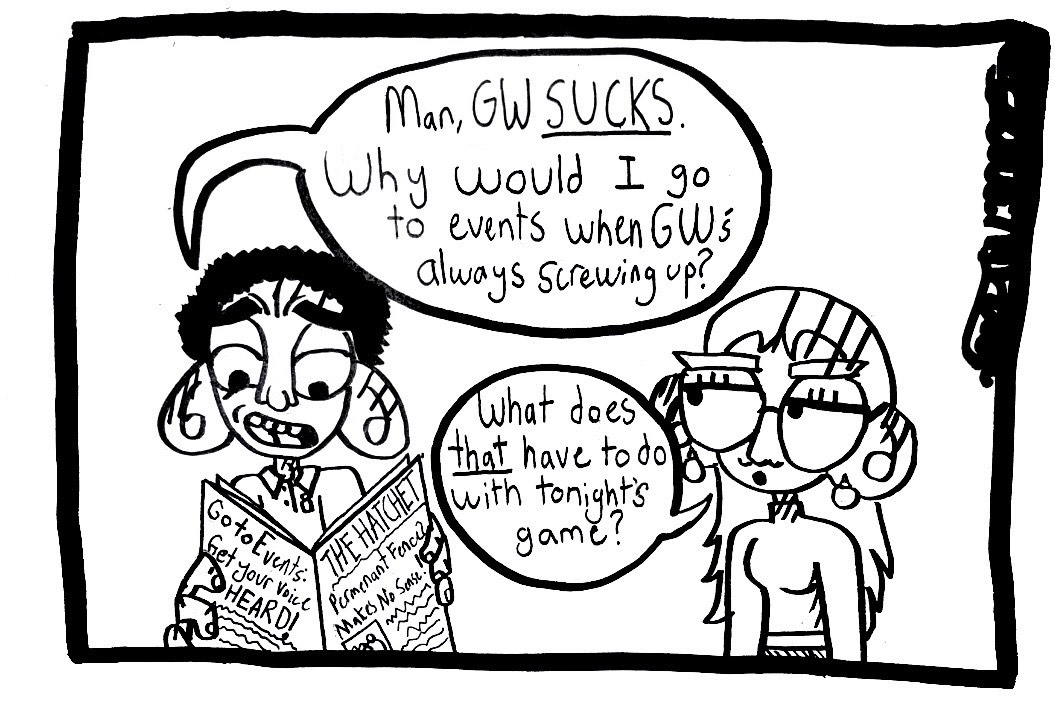Last semester, I bought a new textbook for $120, but a friend who had taken the class before promised that it could be sold back for around $70. I fantasized about being handed three crisp Jeffersons and a Hamilton. But guess what? A new edition was coming out, and my $120 new book was worthless.
According to the Government Accountability Office, an incoming freshman pays an average of $898 for textbooks and supplies, and in the past two decades, the price of textbooks has increased at twice the rate of inflation.
Textbook costs are extreme, but it is the system behind the prices and the tricks used to force students into buying new books that are really outrageous. Publishers, university administrations, campus bookstores and professors all deserve a part of the blame. I understand the situation of professors, who put a lot of thought into ordering the best textbooks available, and may not be aware of the final cost to students. But the other actors in the system are guilty of apathy toward the financial burden on college students.
Textbook prices are a case of price gouging artificially maintained by the campus system. For example, the high prices on textbooks should attract other bookstores who want to cash in on the high prices and high demand. With competitive new bookstores, supply should catch up to demand and prices should therefore fall. But outside companies like Follett (that’s us!) and Barnes & Noble pay universities for a monopoly on campuses. These companies can be relied on to mark up prices somewhere around 30 percent, according to the APS Observer.
Publishers effectively have the power in the system, as both students and professors are dependant on the publisher. Then students are forced to buy the books that a third party, our professors, has decided upon. And because there is only one bookstore on campus, even our choices on where to buy is limited (only 14 percent of students buy their textbooks online according to a 2003 survey by the National Association of College Stores.) So even though we do the buying, students can not effectively make economic choices.
Publishers issue new editions on text books every few years, even when most textbooks are valid for at least a decade. Workbooks, CD-ROMs and anything else shrink-wrapped with the textbook make it more expensive and harder to sell back, but publishers claim that these are things professors want. I’ve never used – or heard any professor want to use – these largely unwanted addition to the textbooks.
If students kept their books, publishers claim, then there would be no need for high prices, because everyone would buy new books every semester. But accepting this argument is a little like believing that slavery is the fault of the enslaved. I know that is an extreme example, but it is important to recognize that the prices the students are charged is out of the student’s control.
Luckily, the Internet allows for economic competition where campus policy does not. Still, when a class requires a brand new book, students have little choice but to fork over the hundreds of dollars that it will inevitably cost. It is past due time for our administrators and professors to start looking out for the best interests of their students, and make textbook buying a fair and competitive process, even if it means less profits all around.
-The writer is a senior majoring in history.




